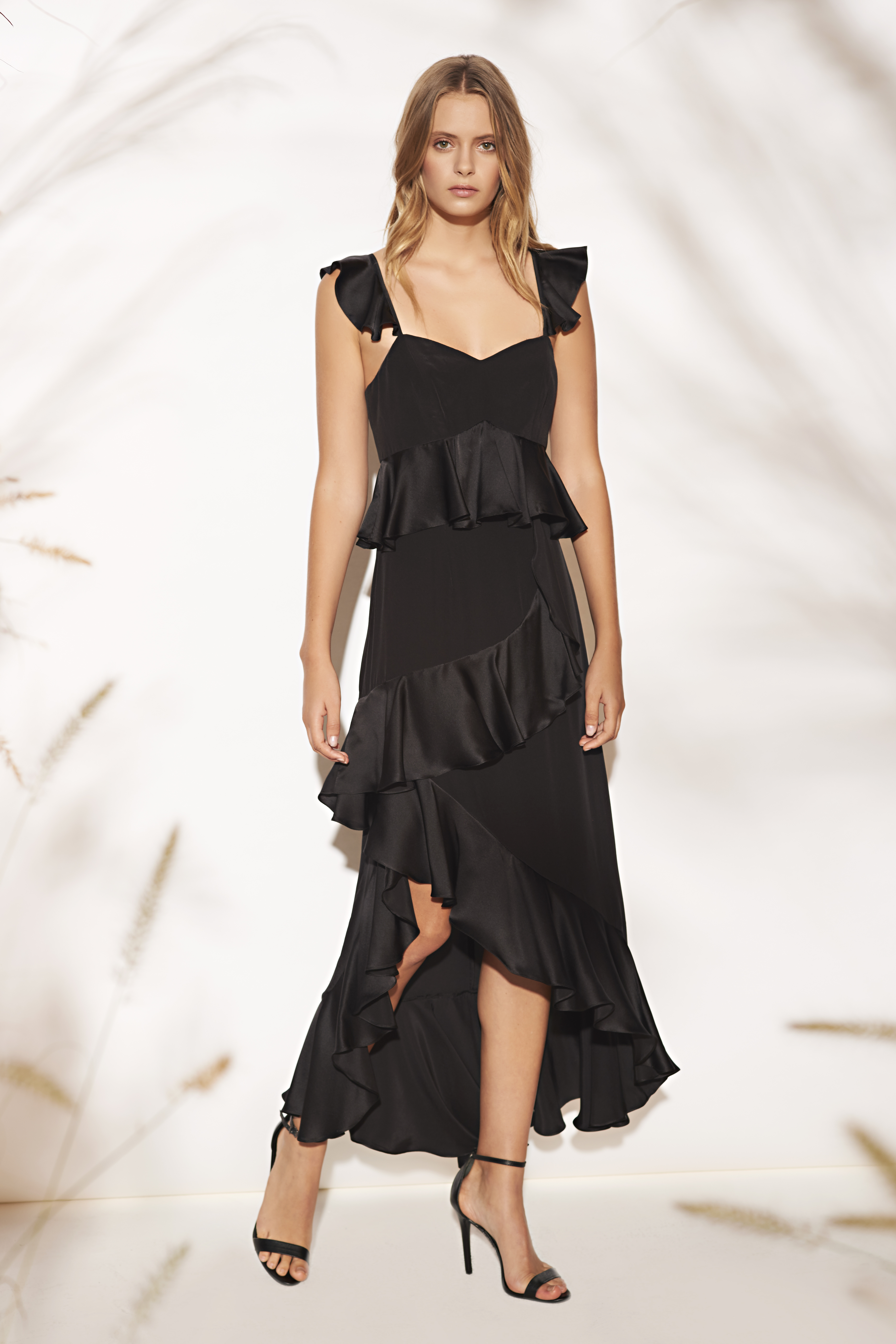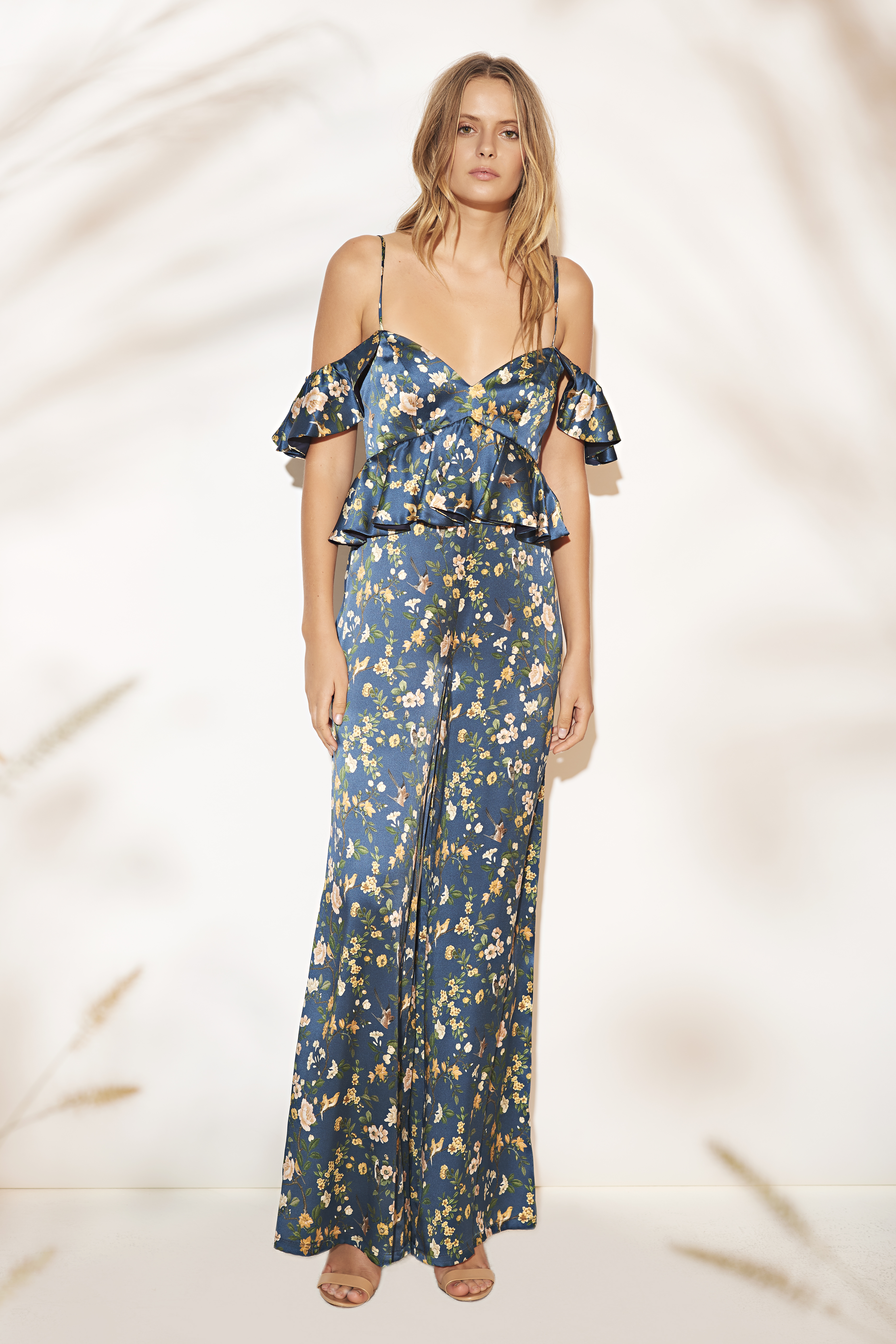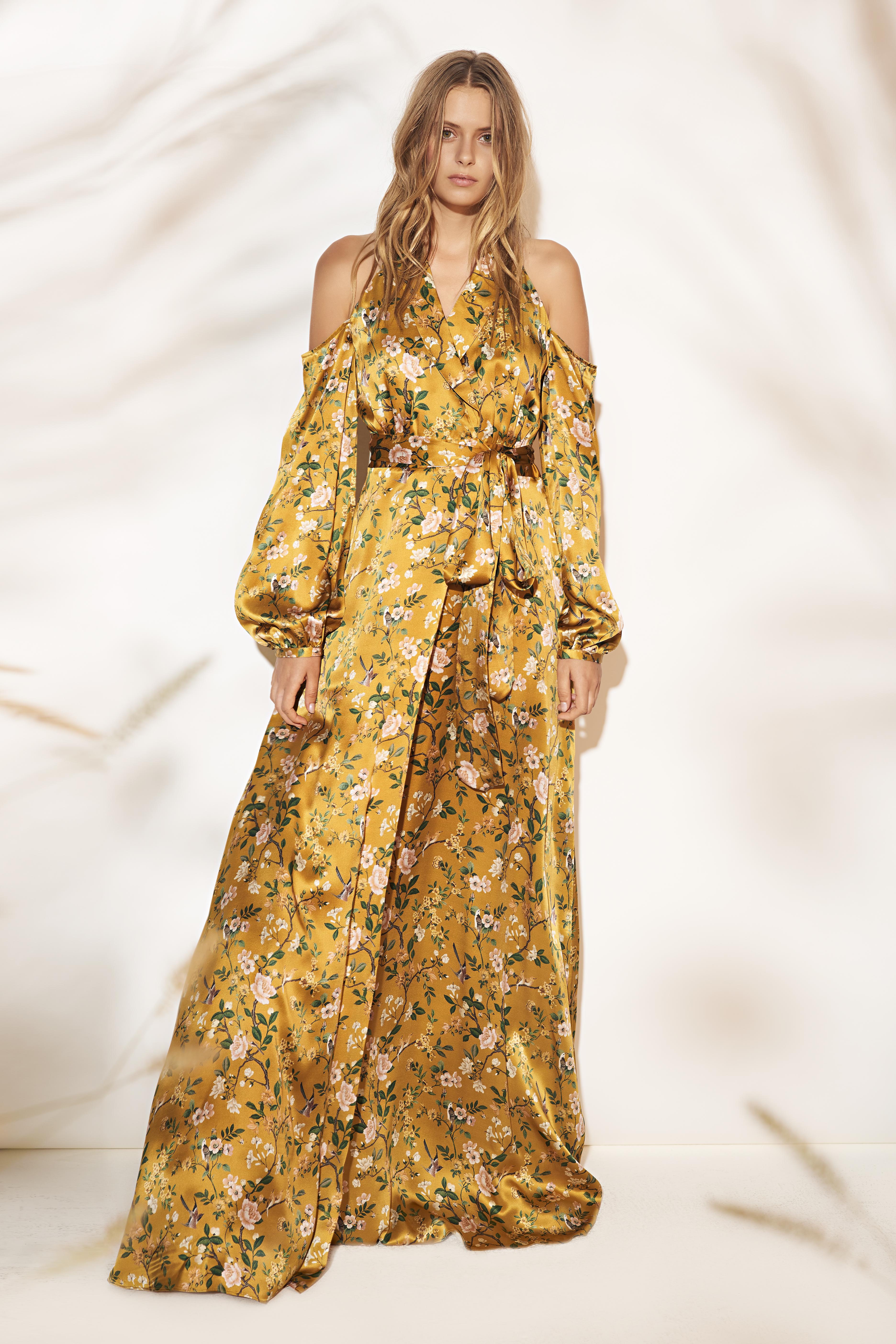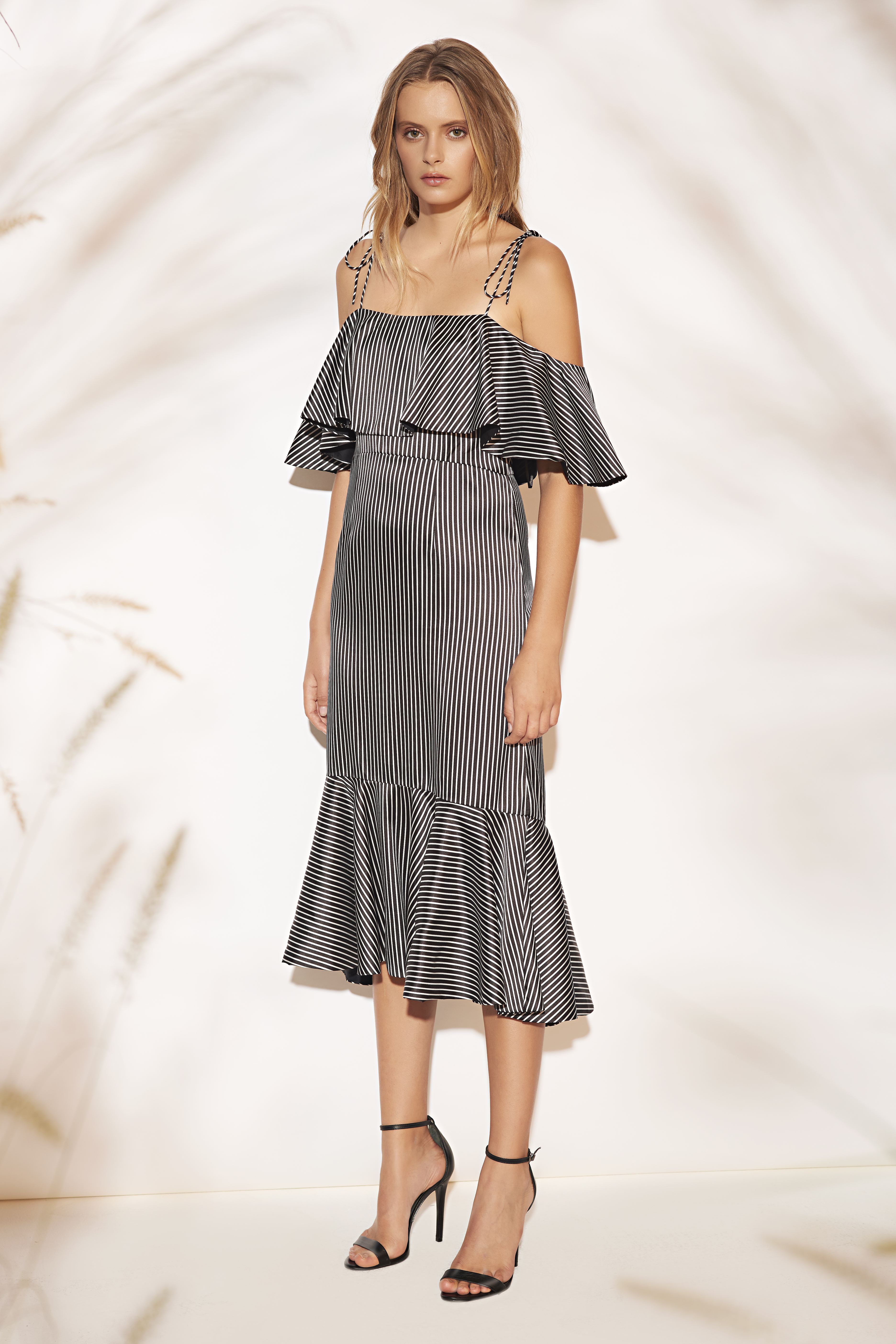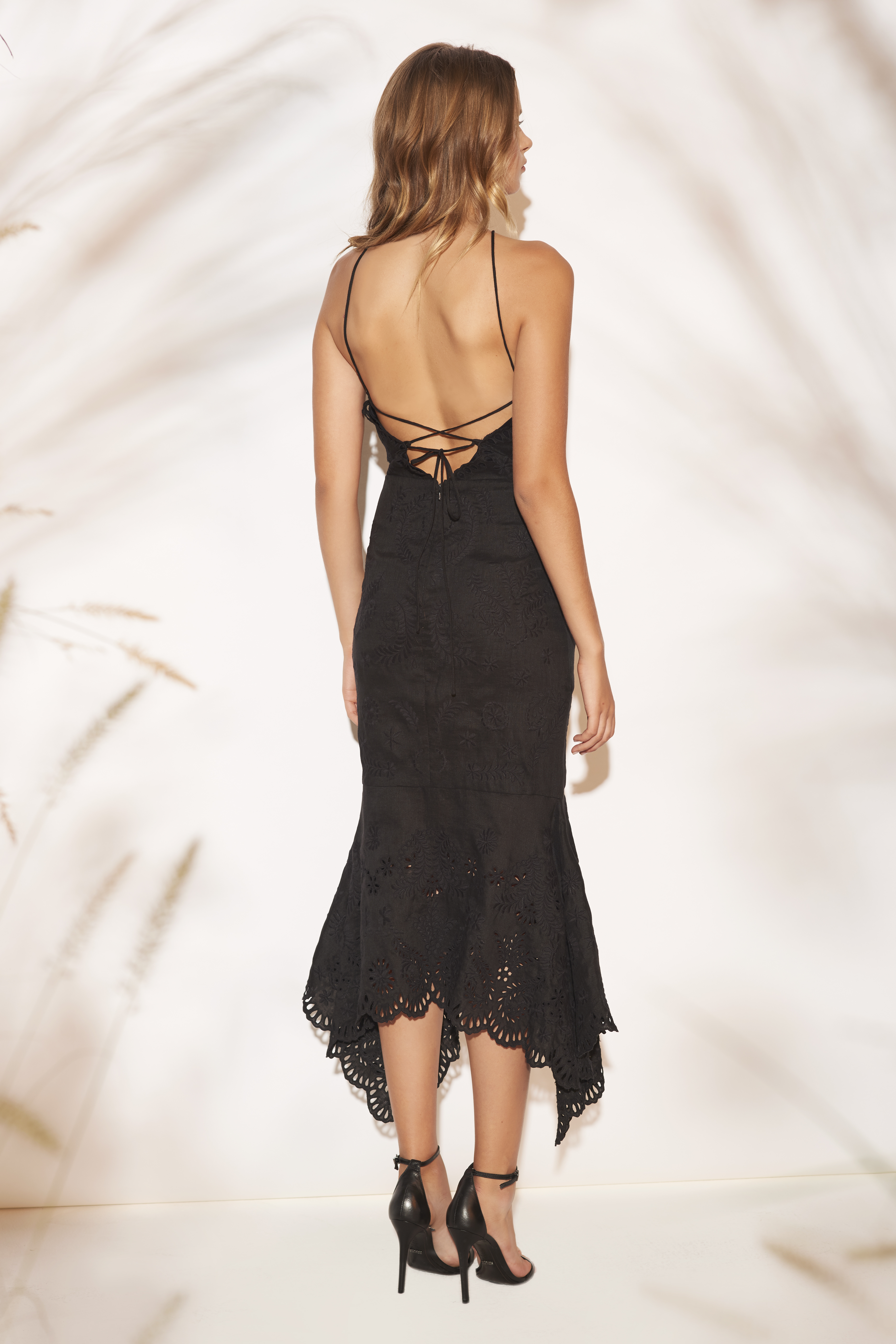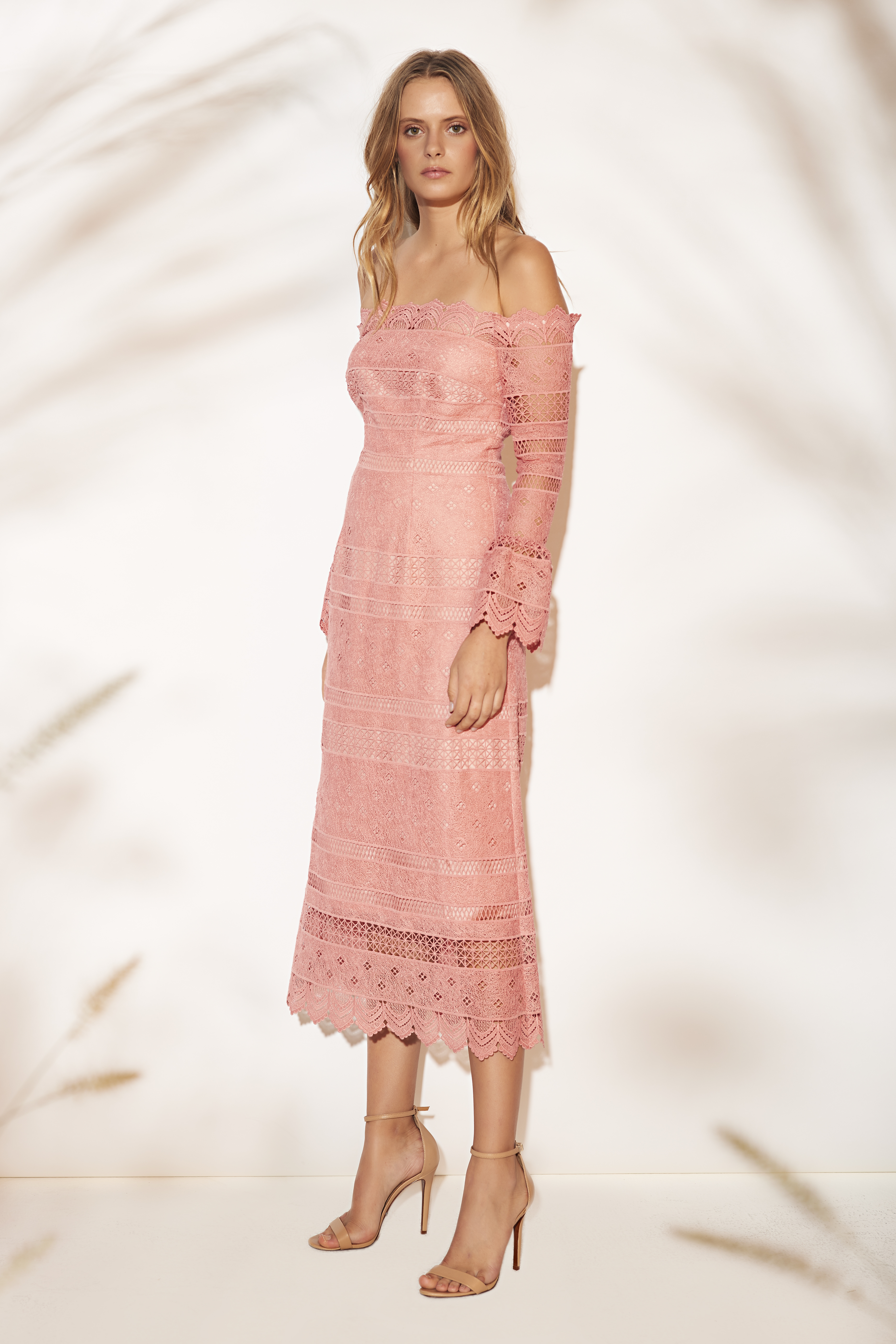The sad truth is that although we get countless look books from new eco-fashion lines a day to review here at GirlieGirlArmy.com – 97% of the time we have to desperately scroll through their collection to find even one piece worth featuring. To find a company whose high end aesthetics match high end morals is rare. It’s unusual to find a sustainable collection come to our attention where we want to wear every single piece. Um, hi, AMUR. We kept looking back to the collection to be sure they were a green company! AMUR was born from the concept that great style does not have to come at the expense of our environment-and that design can strike a balance between beauty and good intentions. It’s an approach that’s woven into their very name: A Mindful Use of Resources. Creative Director Sofia Shannon worked for brands like Cynthia Rowley and Ronny Kobo for a decade before making the switch to start a brand that matched with her conscious ethics.
Their commitment to sustainability goes down to the fiber itself. They work closely with suppliers to source and create one-of-a-kind fabrics that are as luxurious as they are conscientious. They also look at various ecological aspects. Where does the raw material come from? Does a mill implement energy-saving practices? This is becoming an increasingly more popular way of creating a company. Whether it be cosmetics, clothing, food, or something else, every new company aims to be as sustainable as possible. For example, trends in cosmetic packaging have changed to become more sustainable – so clothing is following its footsteps.
In addition, AMUR is committed to supporting the work of artisans and empowering their communities. For the debut collection, they partnered with NEST, the nonprofit fair-trade organization, to develop hardware in collaboration with artisans in India and Vietnam; future collections will celebrate the work of makers collectives worldwide.
Note for vegans: The collection does include silk, but there are plenty of other conscious fibers like certified organic cotton, hemp, and linen, which require very little water or fertilizer to grow. There are also forest-friendly cellulosic materials like cupro, a soft and silky fabric made from reclaimed cotton linter. The third pillar of their collection is regenerated textiles-waste material spun into fiber, used to form fine fabrics and trims.
One look at these exquisitely crafted garments will have you hooked.





